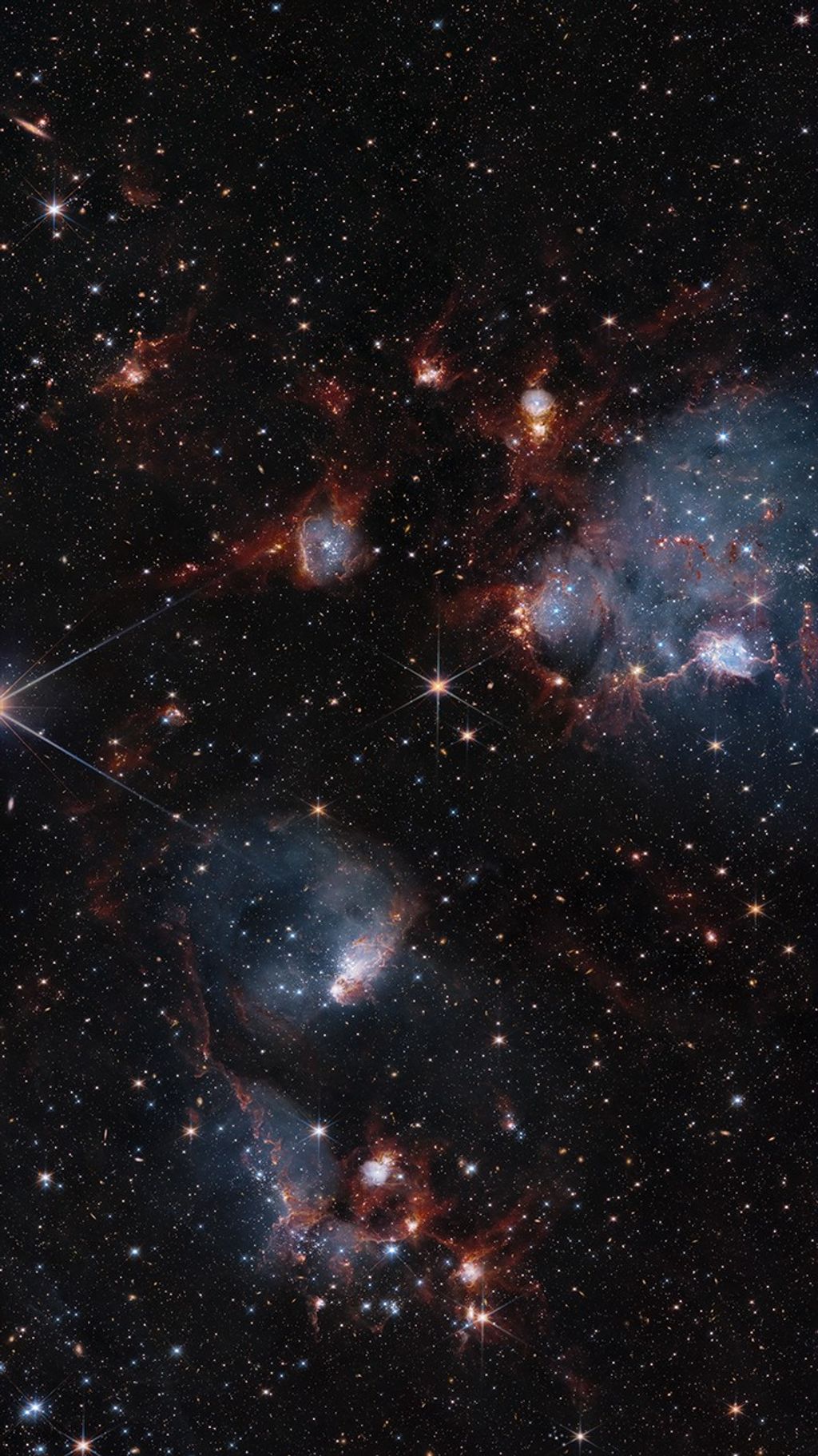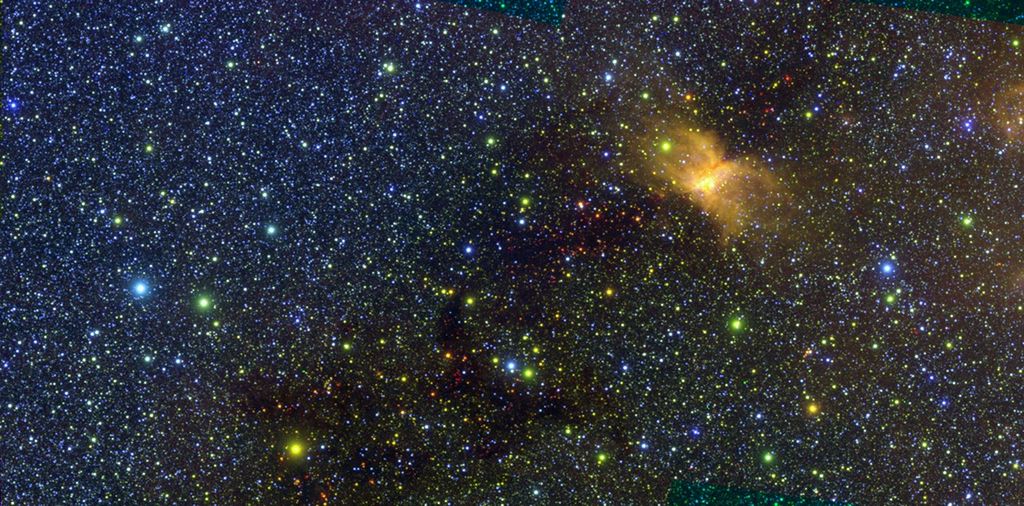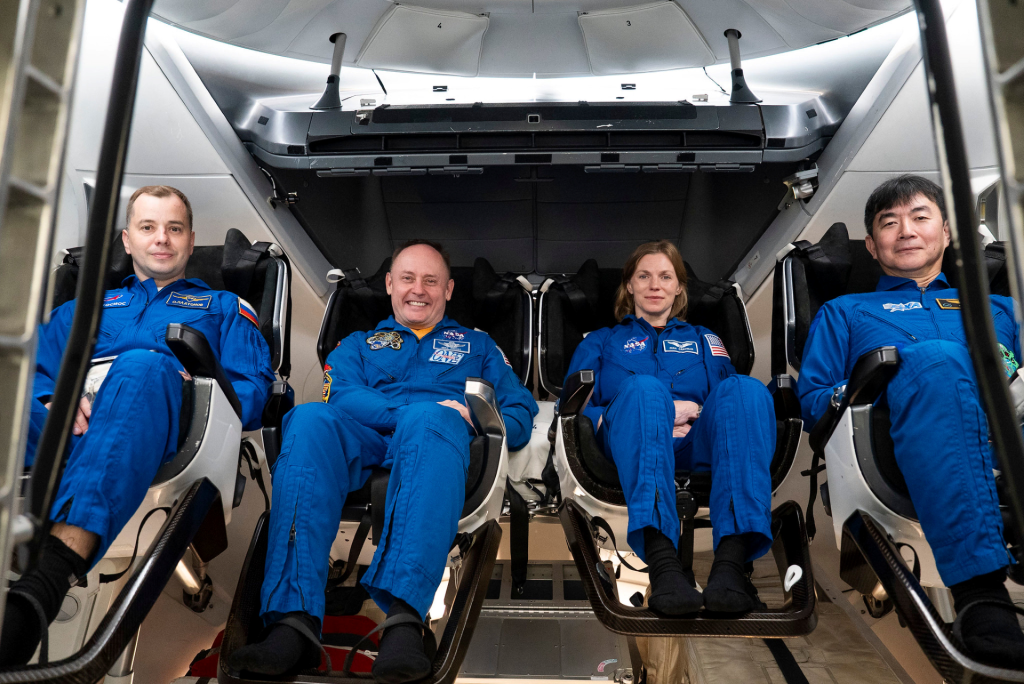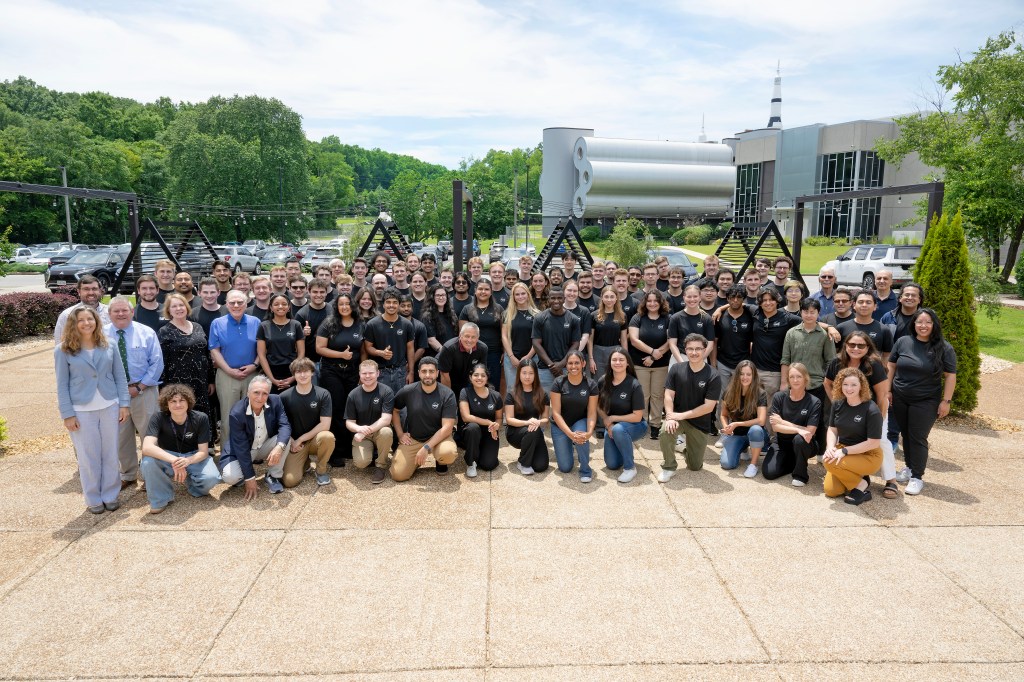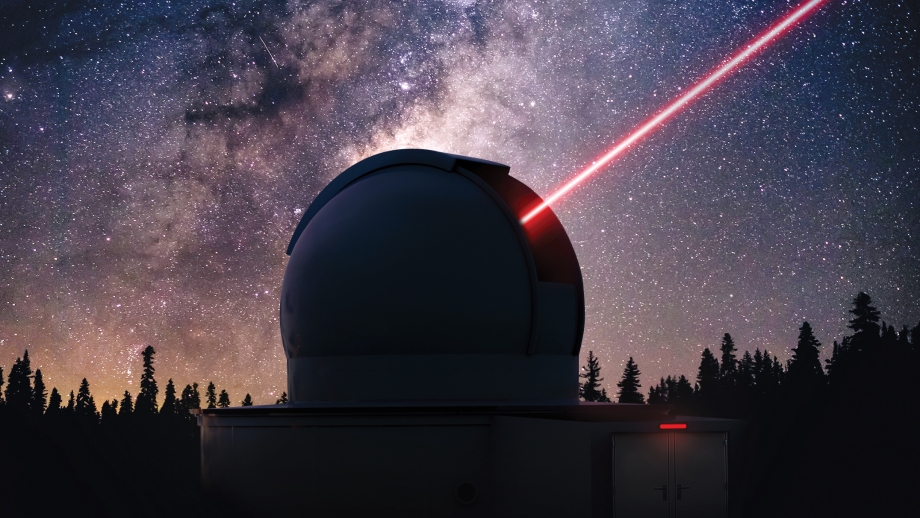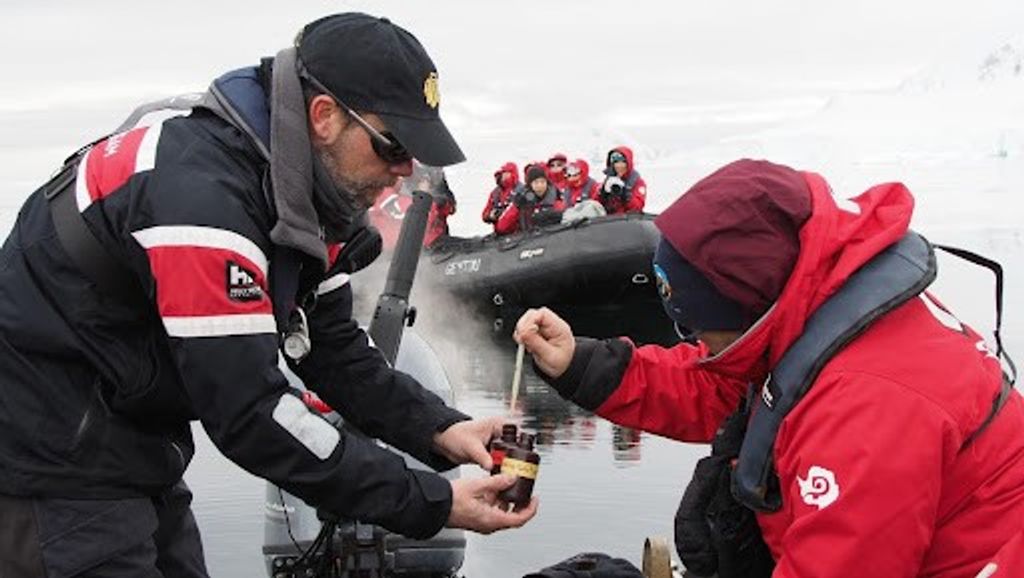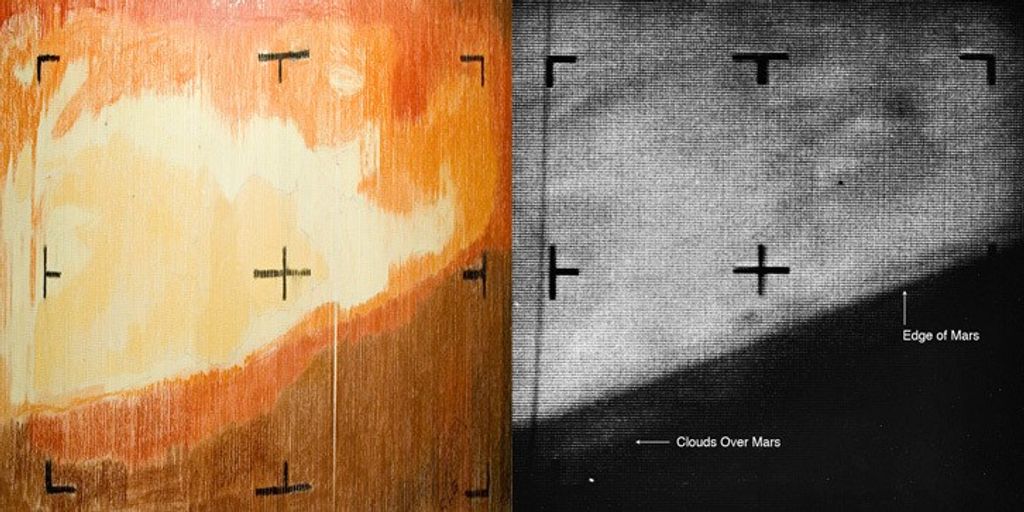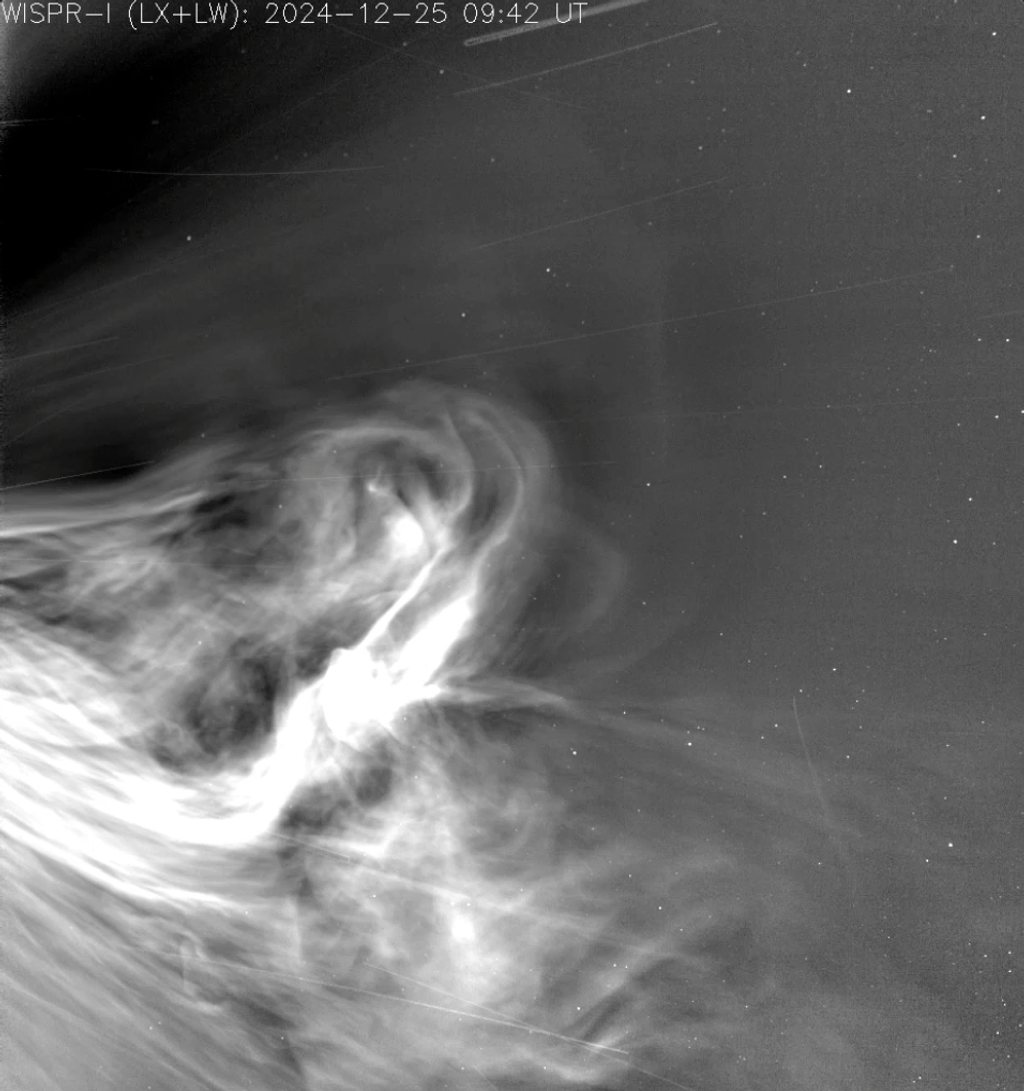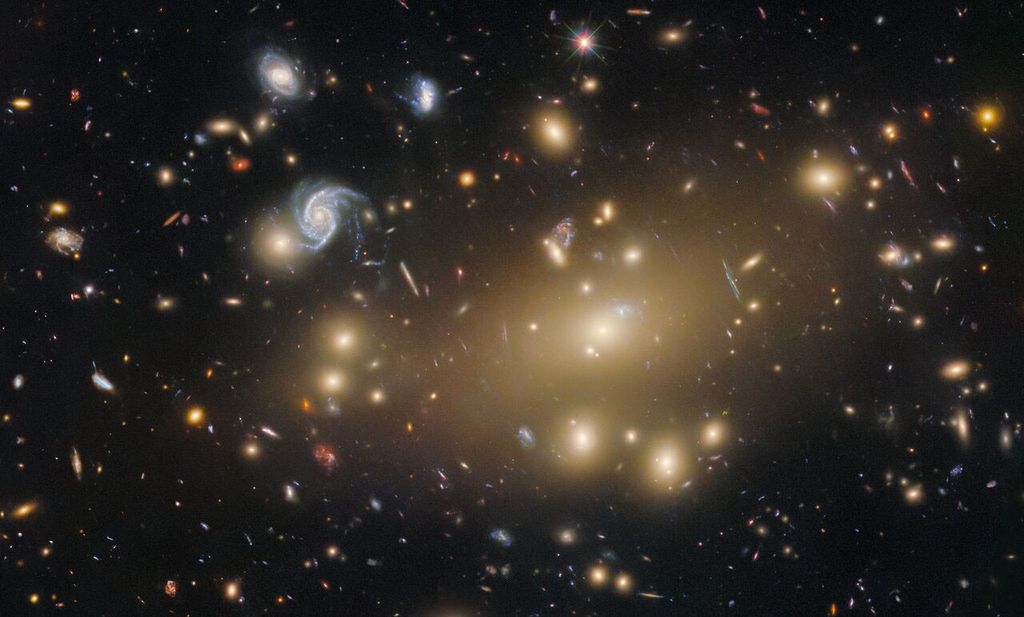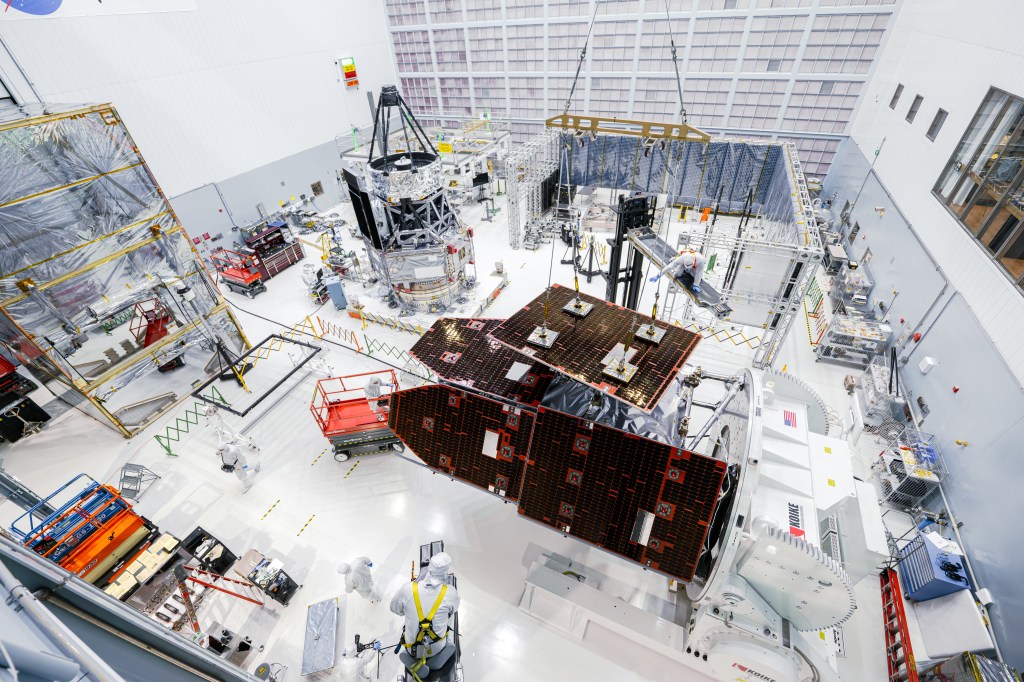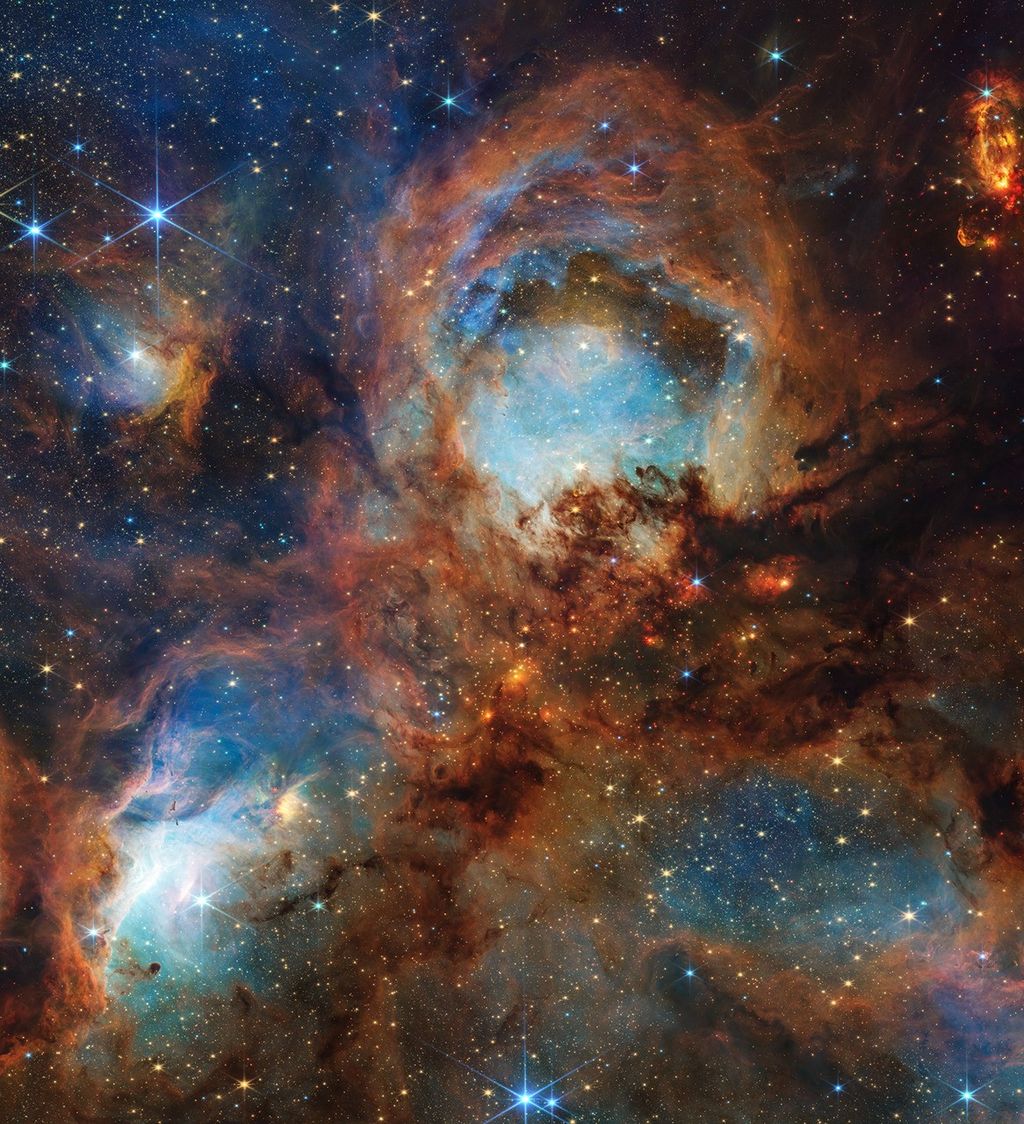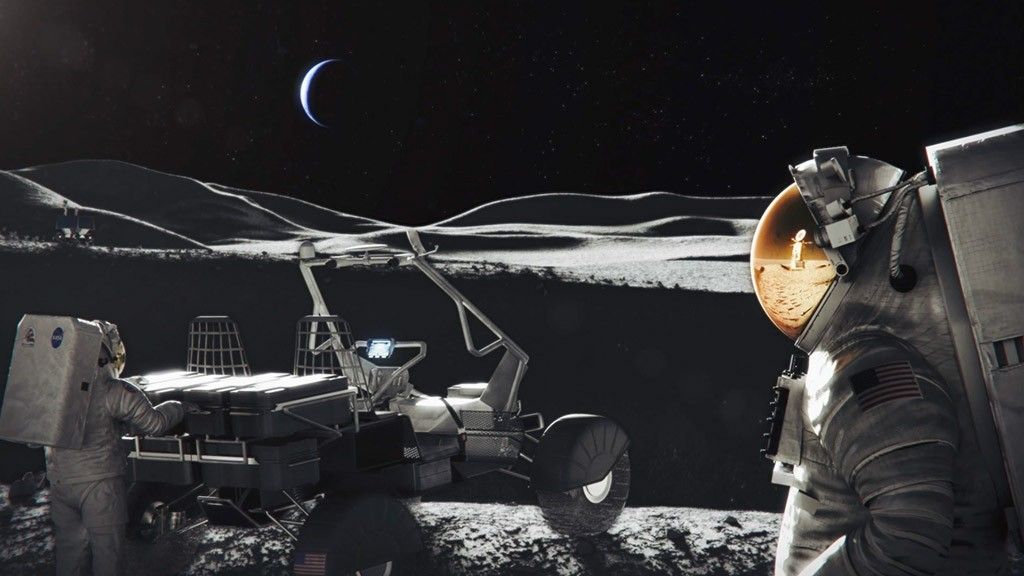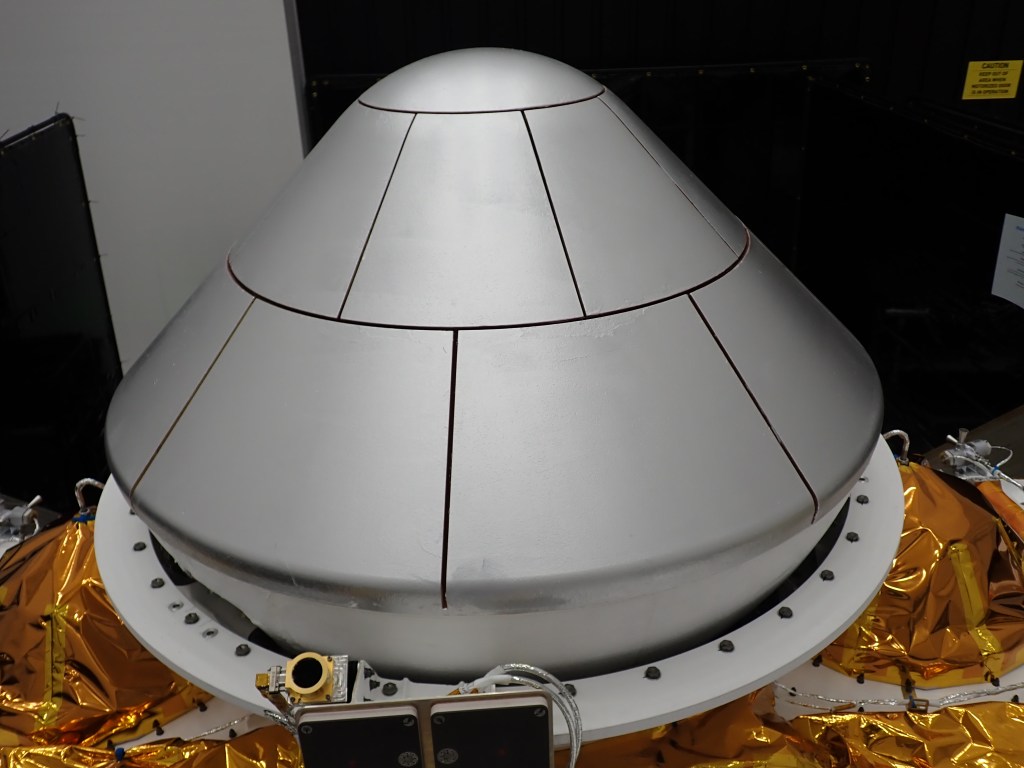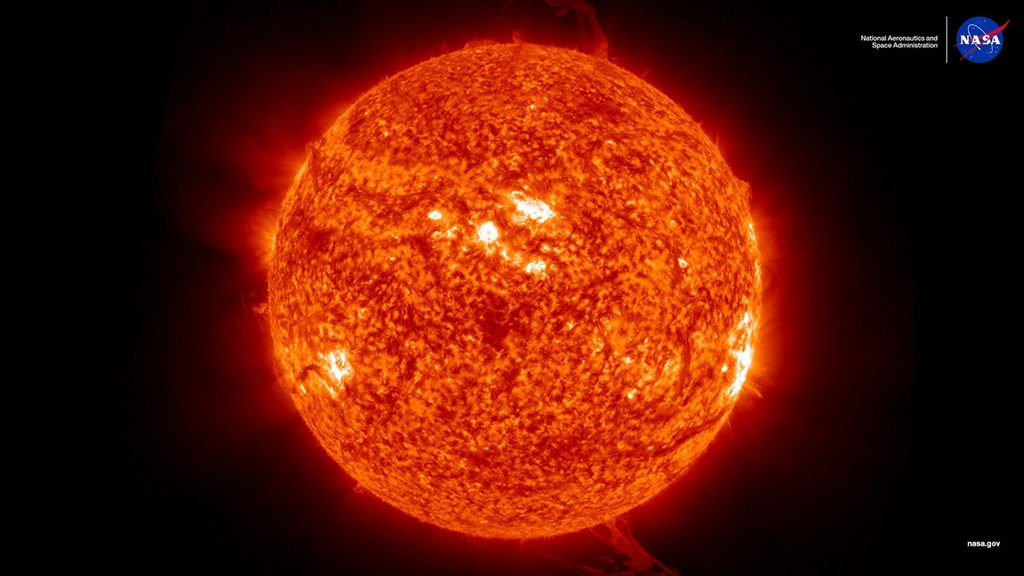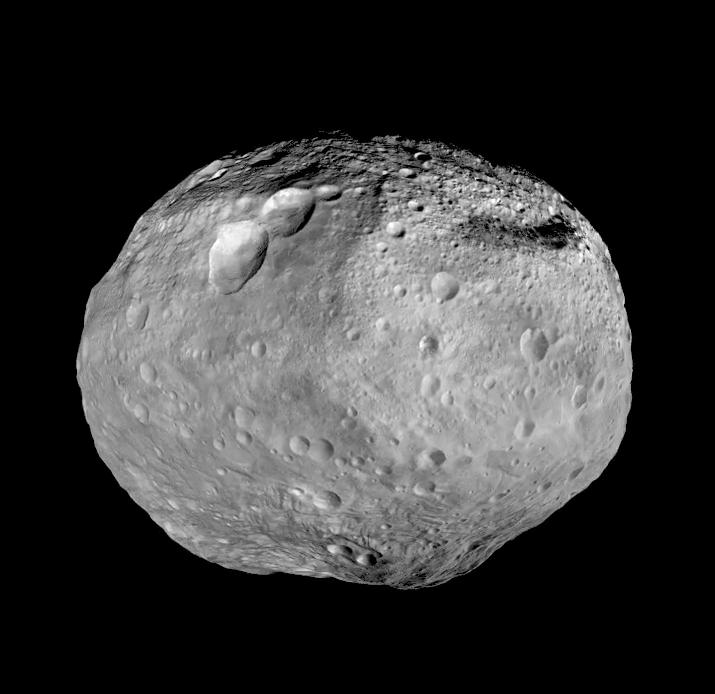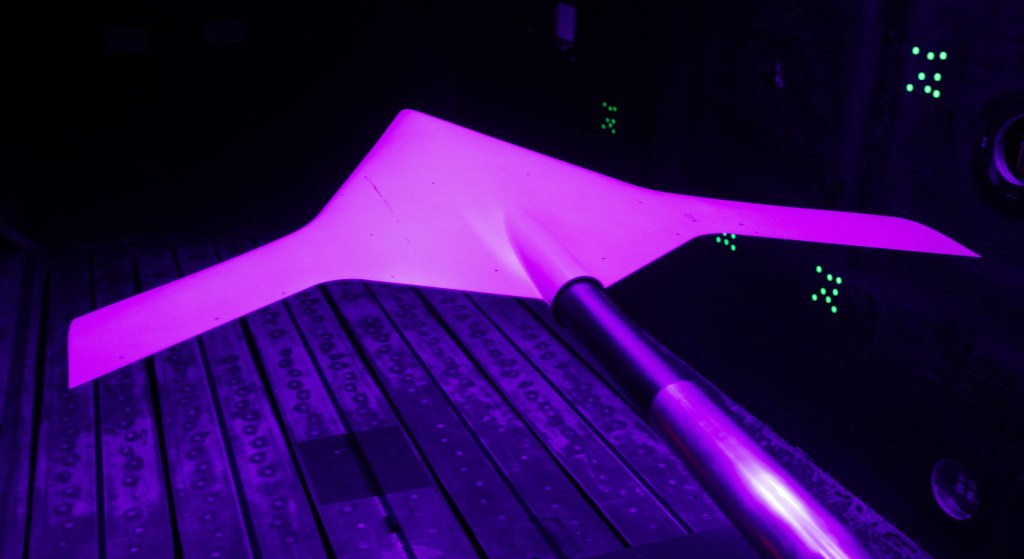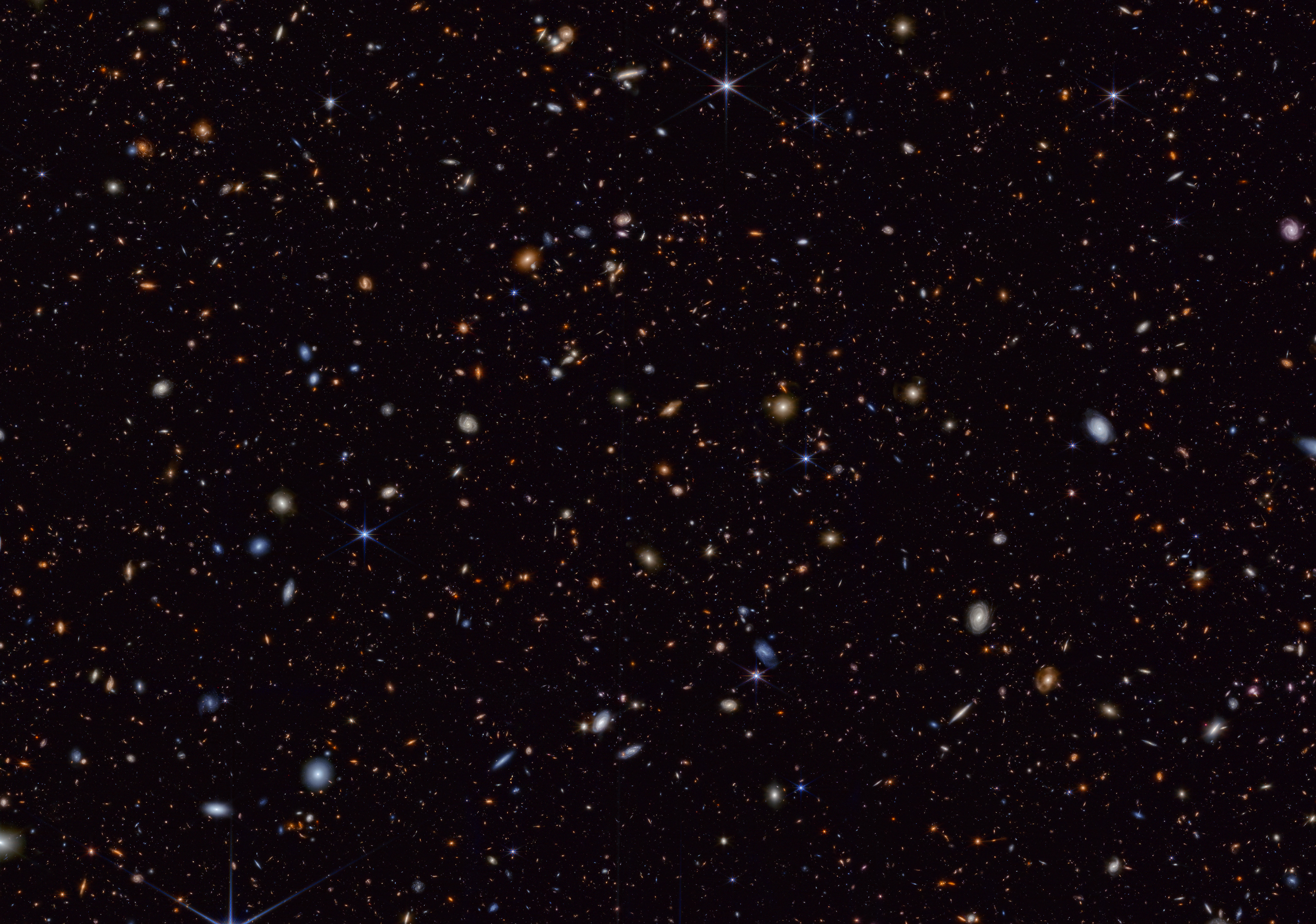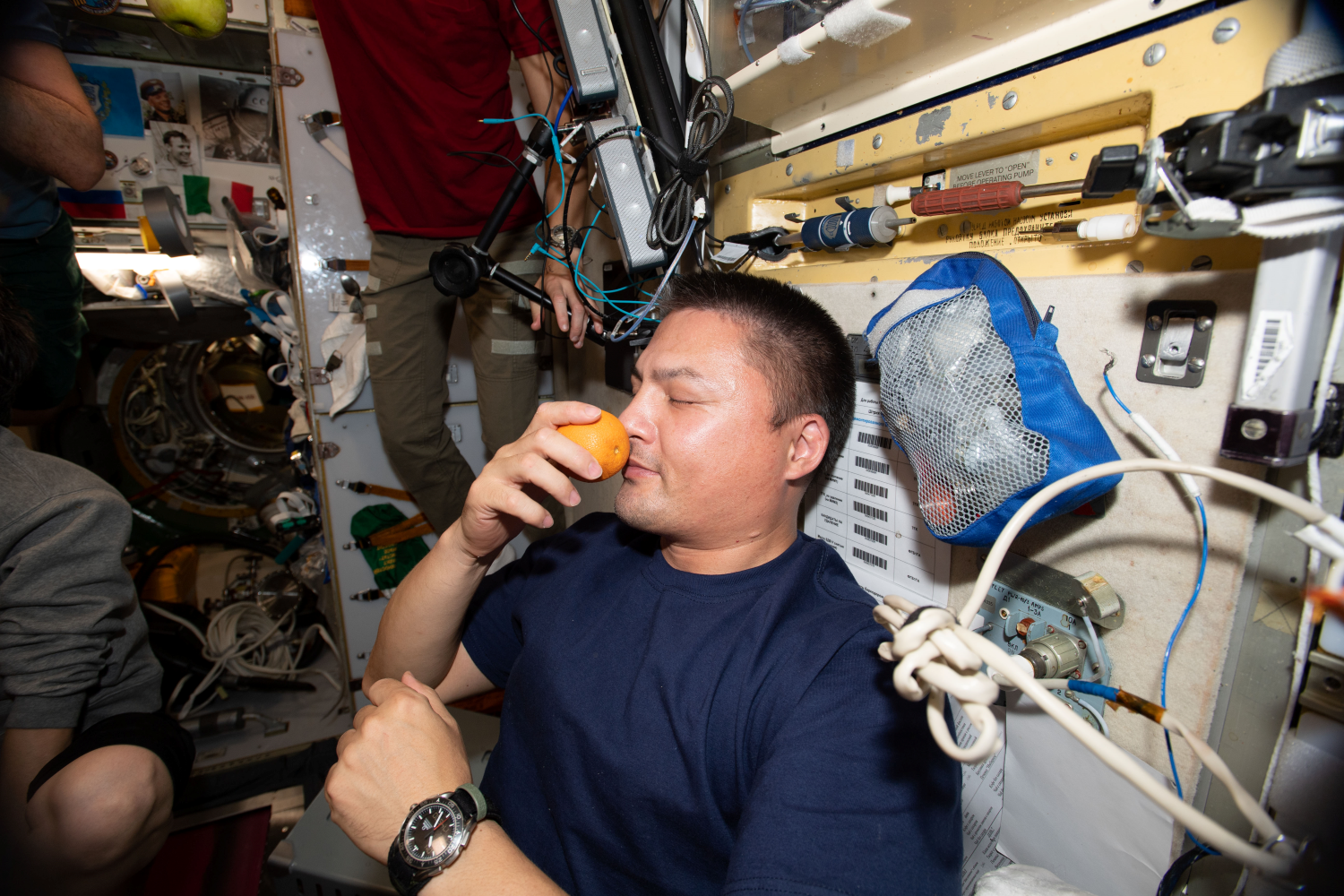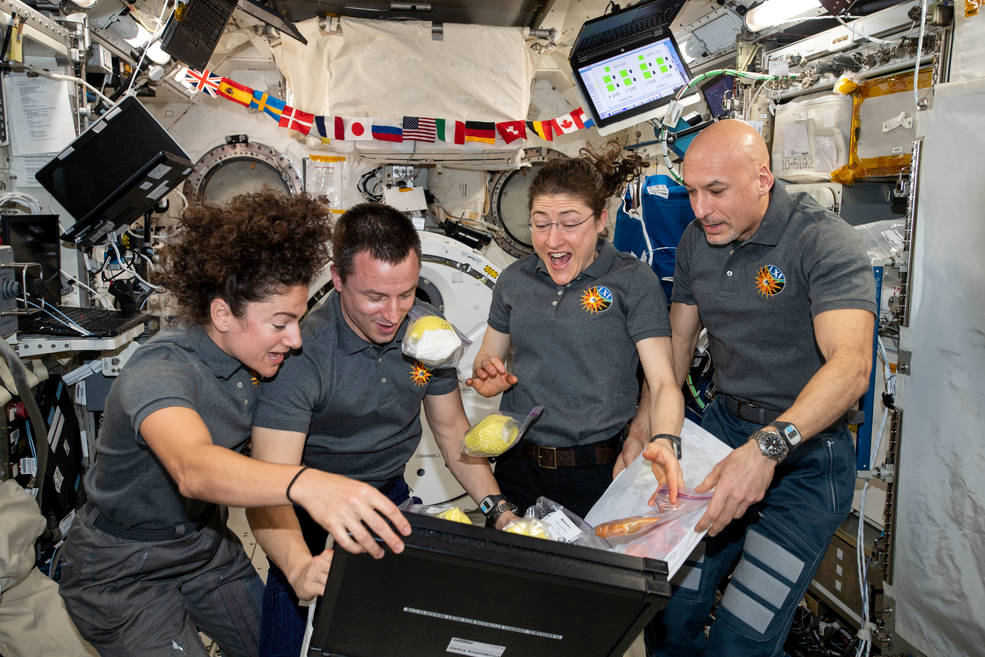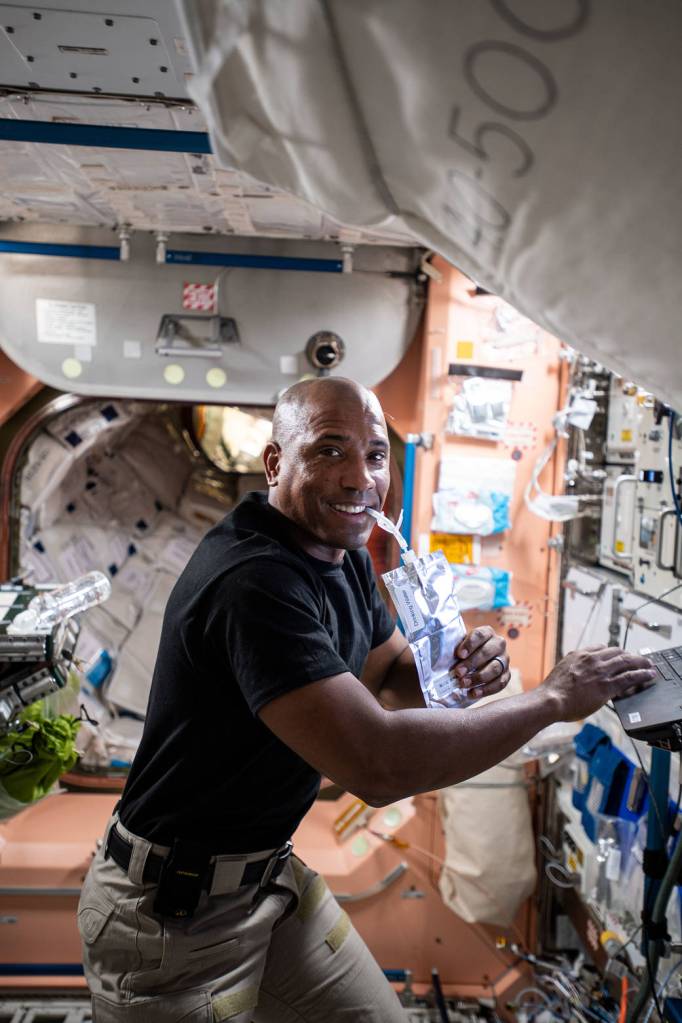Risk of Inadequate Food and Nutrition
Keeping astronauts’ bodies and minds healthy during space flight requires adequate nutrition. Designing meals for a lengthy mission, however, is a complex undertaking. Scientists need to ensure meals are acceptable, safe, nutritious, long-lasting, easy to prepare, and varied enough to avoid menu fatigue. At the International Space Station, resupply shipments include a small portion of fresh fruits and vegetables, alongside limited shelf-life options like pizza kits. Providing desired foods and extending their shelf-life will become even more complex with longer-duration missions to the Moon and Mars, since food must last longer and be optimized for mass and volume, all without regular resupply shipments.
What can be done about it?
Significant strides have been made toward improving the space food system over the years, like reducing the sodium content and adding new foods for variety. In preparation for a trip to the Red Planet, NASA researchers are focused on enhancing diets to boost nutritional value, designing a space food system that will meet the needs of a long-duration mission, and testing the food system in long-duration analogs and spaceflight.
Did you know?
Astronauts work with scientists to evaluate and select their preferred foods before their mission. Crew members sample menu items, such as soups, meats, and vegetables. More than 200 foods and beverages are available aboard the space station.
Formal risk description: Risk of performance decrement and crew illness due to inadequate food and nutrition
Explore more: Human System Risk Board resources
Related Content

